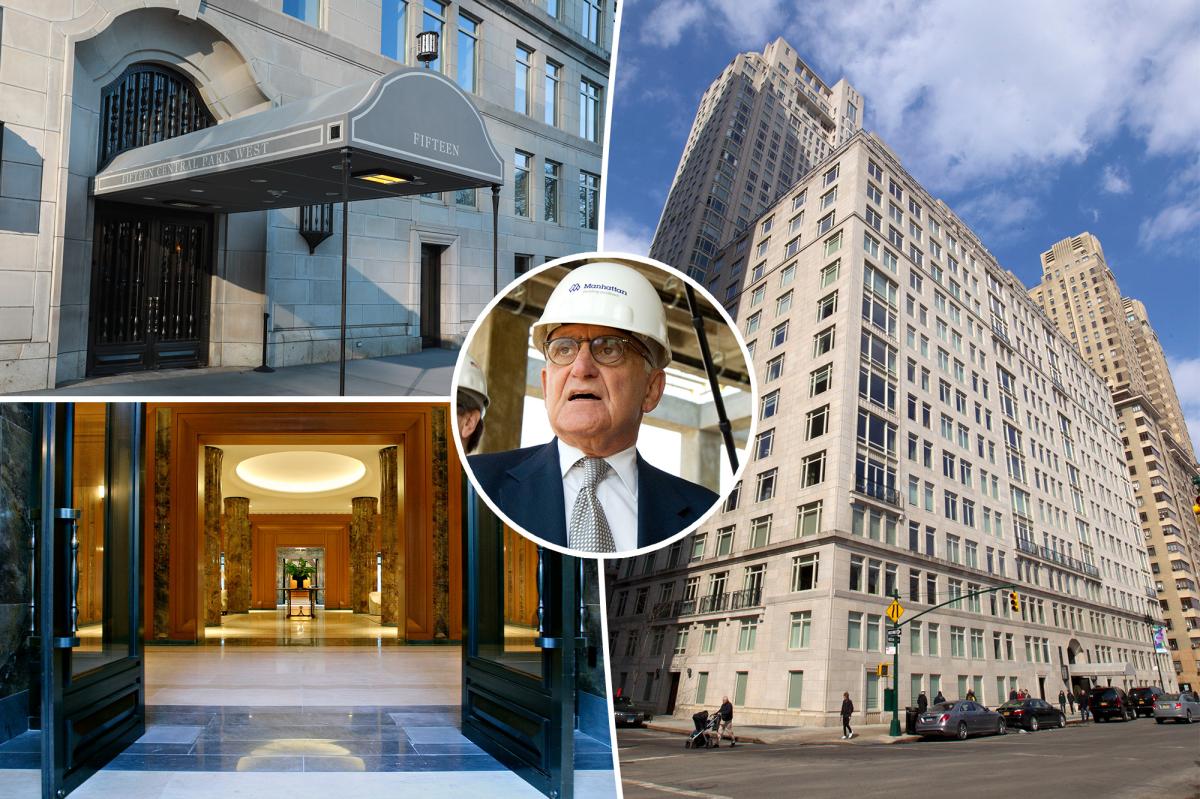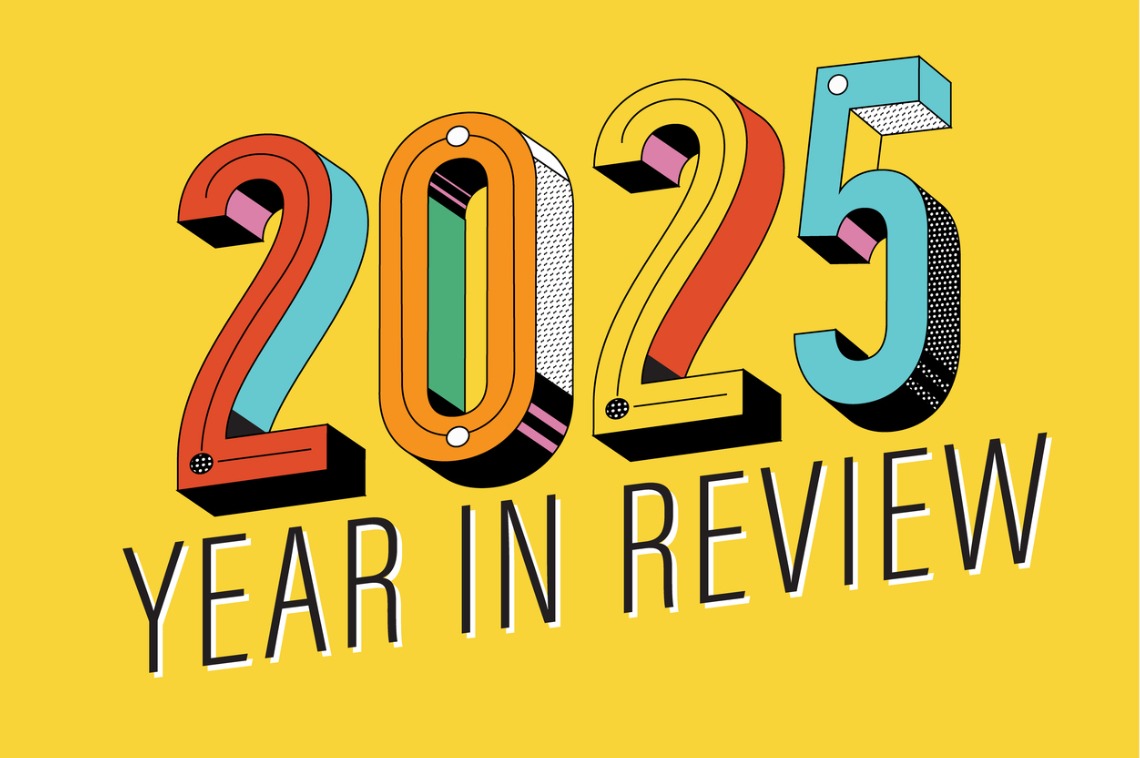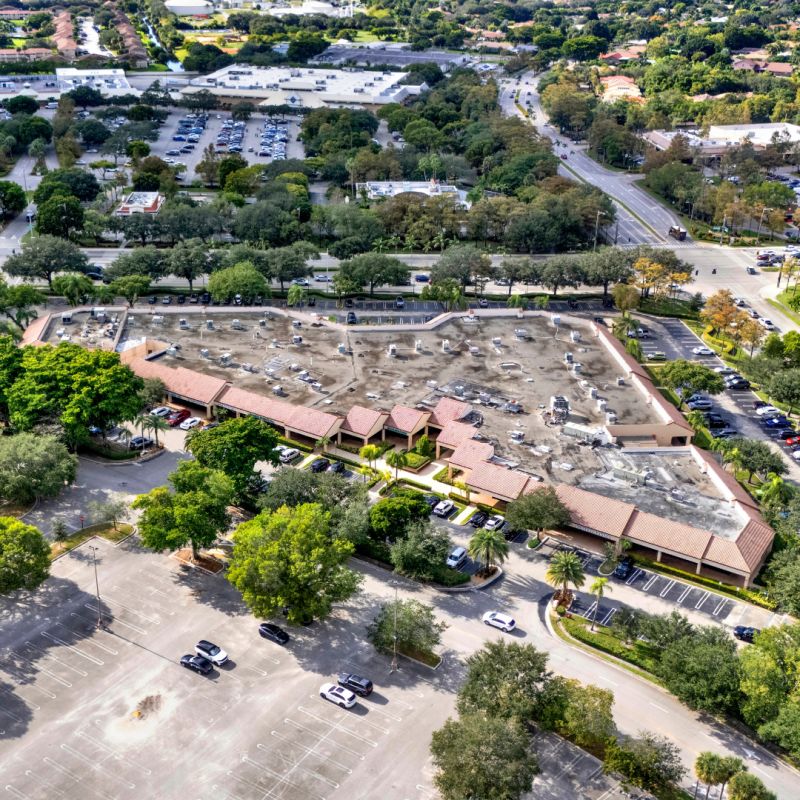H
ong Kong's Stock Exchange is on the cusp of a significant transformation, with plans to adopt a T+1 settlement cycle by late 2025. This move could unlock billions in latent liquidity and position the city as Asia's premier equities hub. The shift will bring Hong Kong in line with global peers like the US, Europe, and mainland China, where shorter cycles have become standard.
Currently, Hong Kong operates on a T+2 cycle, which delays the release of capital tied to transactions, increasing liquidity risk for investors. By moving to T+1, HKEX aims to reduce immobilized capital and lower systemic risk. The benefits are twofold: faster settlements will free up funds sooner, enabling investors to reinvest or deploy capital more efficiently; and shorter cycles will minimize counterparty and operational risks.
The real estate sector is poised to benefit disproportionately from improved liquidity. With faster capital recycling, developers and REITs can access cheaper, shorter-term funding, while global capital may favor Hong Kong-listed property stocks due to reduced friction. HKEX's connectivity programs will amplify cross-border synergies, boosting liquidity for blue-chip developers.
Investors should position themselves ahead of the implementation by looking for undervalued real estate stocks with strong balance sheets and exposure to mainland China's reopening. They should also monitor HKEX's consultation timeline and consider leveraged ETFs or futures as a way to amplify gains as liquidity improves.
While technical delays and global macro headwinds pose risks, the T+1 shift is a strategic move to solidify Hong Kong's role as Asia's financial gateway. The real estate sector offers a compelling entry point, combining undervaluation with structural tailwinds. As HKEX modernizes its infrastructure, investors should overweight Hong Kong real estate equities, particularly those with cross-border exposure, and monitor policy updates closely.














